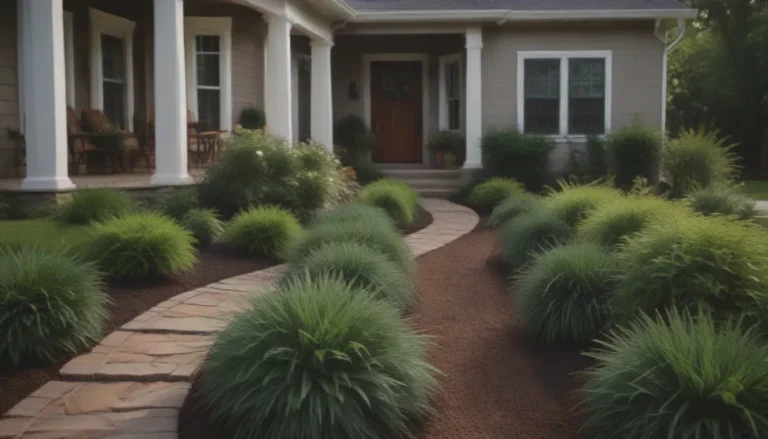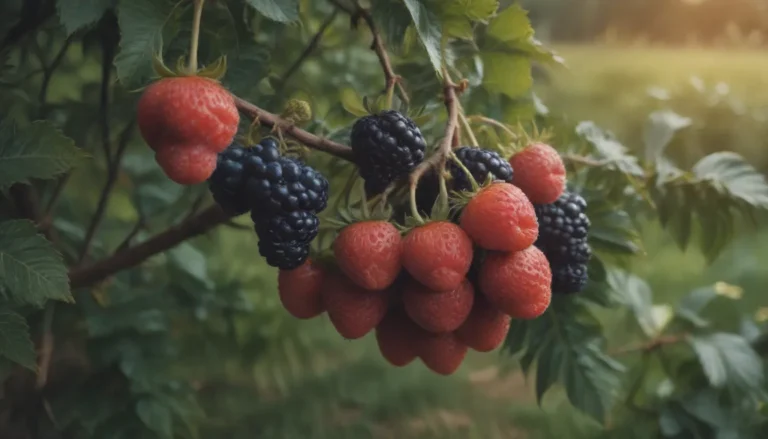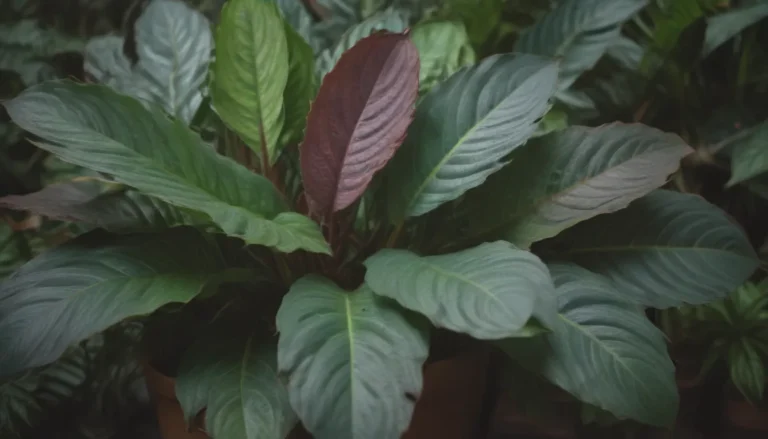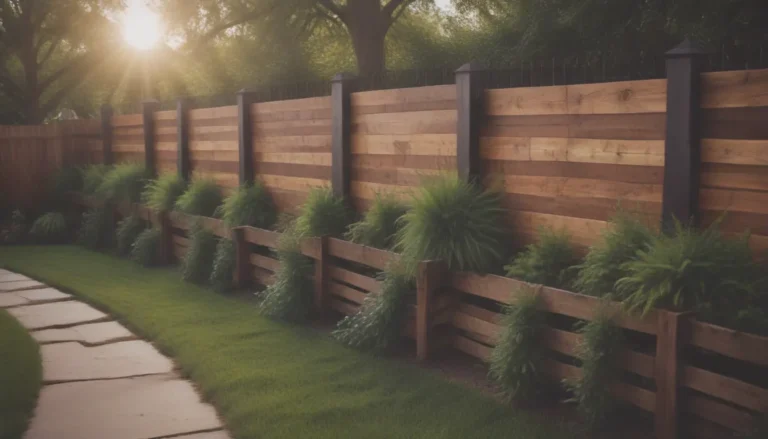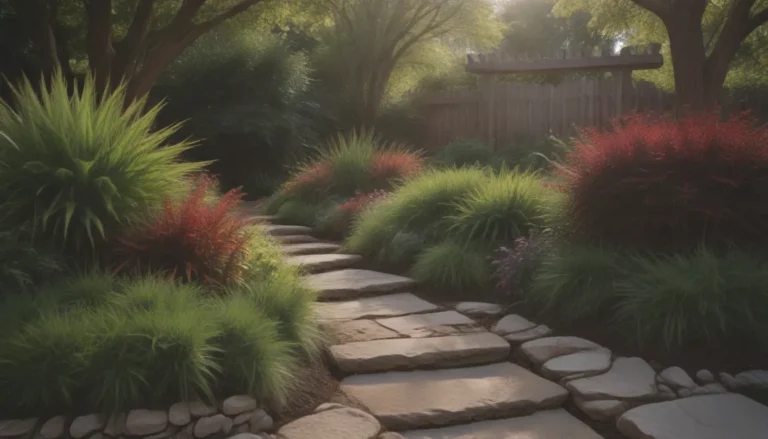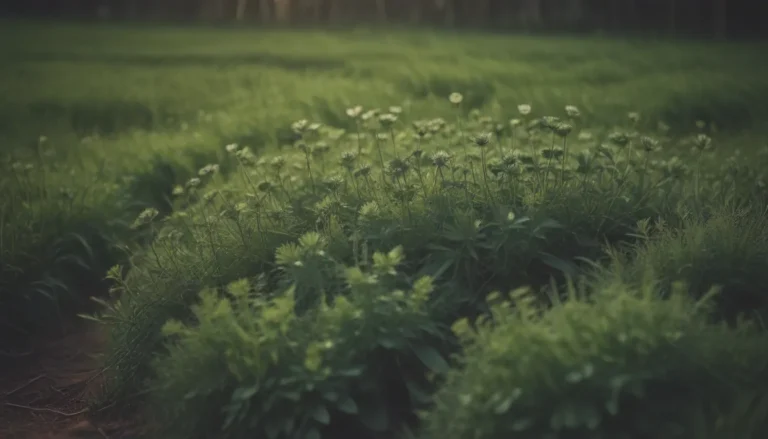Ultimate Guide: Growing and Caring for Virginia Sweetspire
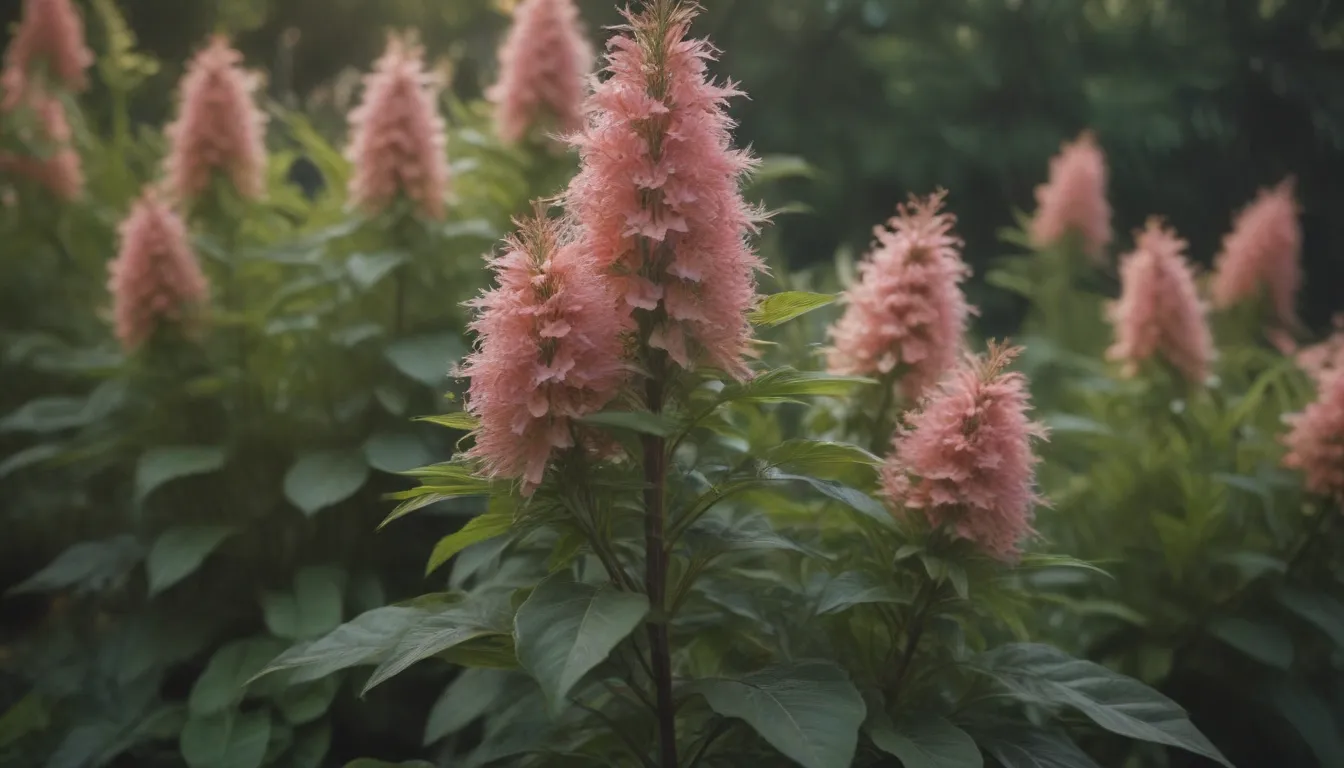
Are you looking to add a beautiful, low-maintenance shrub to your garden? Virginia sweetspire might just be the perfect choice for you. This deciduous shrub, native to eastern North America, boasts stunning cylindrical drooping flowers and vibrant autumn colors. In this ultimate guide, we will dive deep into everything you need to know about growing and caring for Virginia sweetspire to ensure it thrives in your garden.
Virginia Sweetspire: An Overview
Before we delve into the specifics of growing and caring for Virginia sweetspire, let’s take a closer look at this charming shrub. Here are some key details:
- Physical Features: Virginia sweetspire is characterized by arching stems and oval, dark green leaves. It has a rounded habit and produces racemes of flowers from late spring to mid-summer.
- Growing Conditions: This shrub thrives in average, well-drained soil with medium to wet moisture levels. It can grow in full sun or partial shade, though it exhibits the best flower and fall colors in full sun.
Now that you have a basic understanding of what Virginia sweetspire is all about, let’s move on to the essential care tips to help your shrub flourish.
Virginia Sweetspire Care Tips
Ensuring proper care for your Virginia sweetspire is crucial for its growth and overall well-being. Here are some key care tips to keep in mind:
Light
- Virginia sweetspire grows best in full sun but can tolerate partial shade.
- Shady conditions may limit flower production and mute autumn colors, so aim to provide ample sunlight for your shrub to thrive.
Soil
- Plant Virginia sweetspire in humusy, well-drained soil that is somewhat moist.
- While it prefers slightly acidic soil, it can adapt to a range of soil types.
Water
- Water young shrubs frequently to help them establish their roots.
- Once mature, water your Virginia sweetspire weekly (one inch per week).
- Regular watering is essential for optimal growth, especially in hot climates.
Temperature and Humidity
- Virginia sweetspire thrives in hot conditions with plenty of water.
- In colder climates, plant it in partial shade to help it cope with extreme temperatures.
Fertilizer
- Feed your shrub with a balanced granular fertilizer each spring.
- Additional feeding during the growing season is typically unnecessary.
By following these care tips, you can ensure that your Virginia sweetspire remains healthy and vibrant throughout the growing season.
Types of Virginia Sweetspire Cultivars
If you are looking to add a unique touch to your garden, consider planting one of the popular cultivars of Virginia sweetspire. Here are a few noteworthy options:
- Itea virginica ‘Henry’s Garnet’
- I. virginica ‘Little Henry’
- I. virginica ‘Merlot’
- I. virginica ‘Sarah Eve’
Each cultivar boasts its own unique features and can add a splash of color and variety to your garden landscape.
Pruning Tips for Virginia Sweetspire
While Virginia sweetspire generally does not require extensive pruning, shaping and size control may be necessary. Here are some key pruning tips to keep in mind:
- Prune your shrub immediately after blooming to ensure it develops the wood necessary for the next year’s blooms.
- Avoid pruning in the spring to prevent the removal of flower buds.
- Monitor root-suckering to prevent the shrub from spreading uncontrollably, especially in wet ground.
By following these pruning guidelines, you can maintain the shape and health of your Virginia sweetspire while promoting optimal blooming.
Propagating and Growing Virginia Sweetspire
If you are interested in propagating your Virginia sweetspire or growing it from seed, here are some important steps to follow:
Propagating from Root Ball Division
- Virginia sweetspire can be easily propagated by cutting its root ball into sections.
- Use a sharp spade to cut away a section of the root ball and replant it in a desired location.
Growing from Seed
- Collect seed pods in late summer or early fall and store the seeds in a sealed container in the refrigerator.
- Germinate the seeds indoors using a potting medium and seed trays before transplanting them into the landscape.
Whether you choose to propagate your Virginia sweetspire through root ball division or seed germination, ensure that the shrub receives the care it needs to thrive.
Potting, Repotting, and Overwintering Tips
If you are considering planting Virginia sweetspire in a container or need guidance on overwintering it, here are some essential tips to help you along the way:
- Pot your shrub in a container for the first season before transplanting it into the landscape.
- Monitor the root system to determine when it’s time to repot or plant your Virginia sweetspire in the ground.
- Virginia sweetspire generally does well during the winter, but cold climates may experience dieback of branch tips.
Taking these steps into consideration will help you successfully pot, repot, and overwinter your Virginia sweetspire for optimal growth and resilience.
Common Pests and Diseases
Virginia sweetspire is a hardy plant with few serious pests to contend with, making it a low-maintenance addition to your garden. However, keep an eye out for the following issues:
- Flea Beetles: Use neem oil to combat flea beetle infestations.
- Leaf Spot: Treat leaf spot with neem oil, baking soda solutions, copper fungicide, or a combination of copper and pyrethrins.
By promptly addressing these common pests and diseases, you can protect your Virginia sweetspire and ensure its continued health and vitality.
Troubleshooting Blooming Issues
If your Virginia sweetspire is not blooming as expected, consider the following factors that may be impacting its blooming potential:
- Ensure consistent moisture in well-draining soil for optimal growth.
- Provide full sun and slightly acidic soil to promote flower production and vibrant colors.
By addressing these potential issues, you can help your Virginia sweetspire bloom to its full potential and enhance the beauty of your garden.
Common Problems and Solutions
If you encounter issues such as chlorosis or poor soil pH affecting your Virginia sweetspire, consider these solutions:
- Chlorosis: Work in pelleted sulfur or organic matter to lower soil pH and prevent chlorosis.
- Soil pH Management: Maintain slightly acidic soil conditions to support your shrub’s health and longevity.
By proactively addressing common problems and providing the necessary care, you can ensure that your Virginia sweetspire thrives for years to come.
Unique Varieties and Alternatives
For gardeners looking to explore different varieties of sweetspire or alternative shrubs, consider the following options:
- Hollyleaf Sweetspire: A larger shrub that can grow up to 12 feet high.
- Burning Bush: A similar plant to Virginia sweetspire but more prone to disease and pests.
By incorporating unique varieties or alternatives into your garden, you can diversify your landscape and create a visually appealing outdoor space.
Conclusion
In conclusion, growing and caring for Virginia sweetspire can be a rewarding experience with the right knowledge and techniques. By following the tips outlined in this comprehensive guide, you can cultivate a vibrant and healthy shrub that enhances the beauty of your garden. Whether you are a seasoned gardener or a beginner looking to add a splash of color to your landscape, Virginia sweetspire is a versatile and resilient plant that is sure to delight. Happy gardening!
